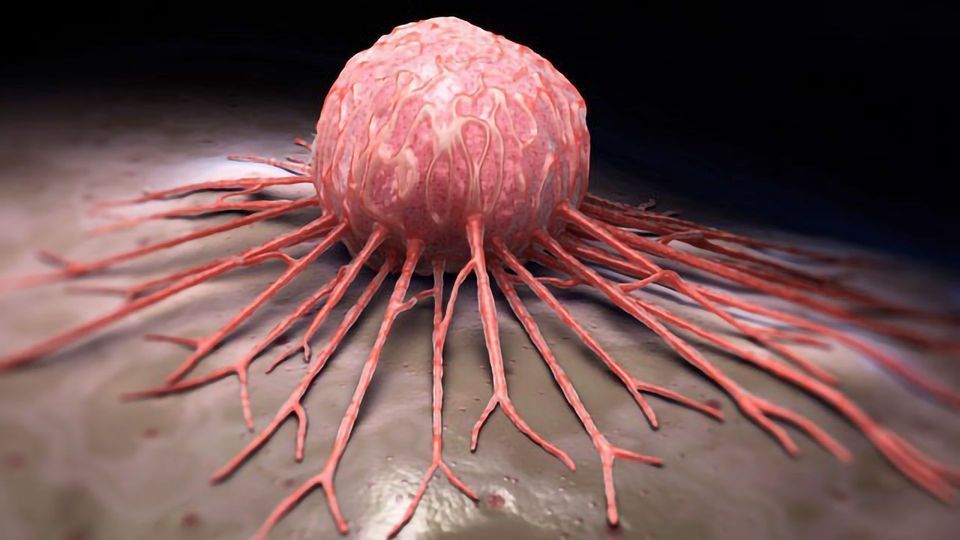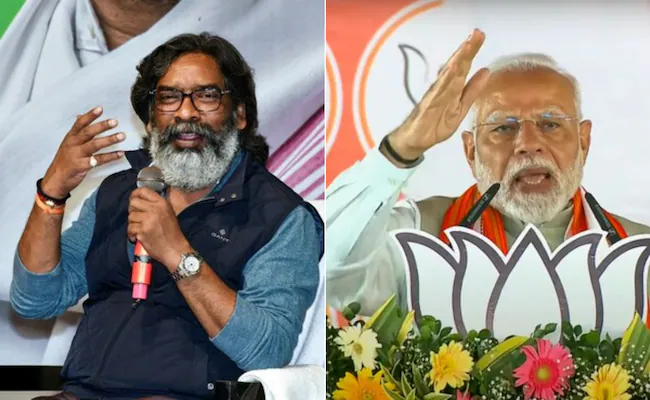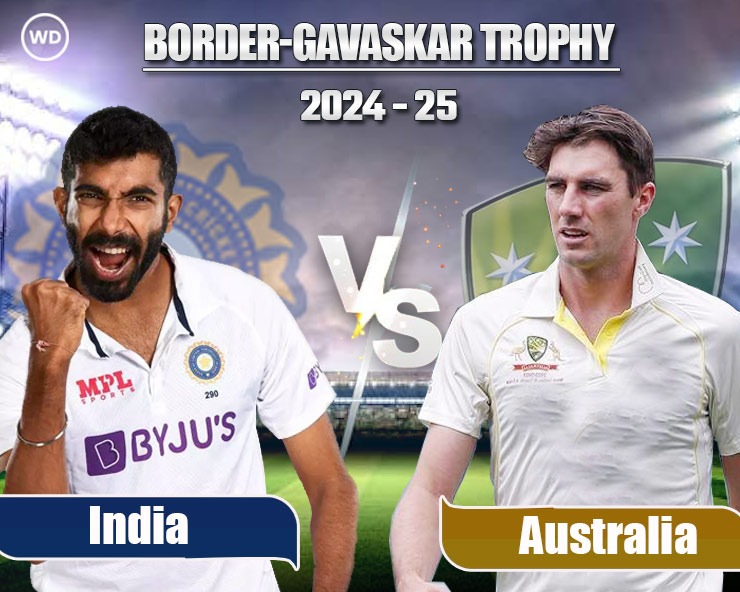Praful Reddy, 49, an IT professional from the southern Indian state of Andhra Pradesh, has lung cancer and has been undergoing treatment, including targeted therapy, chemotherapy and radiation, to stop its spread since he was diagnosed two years ago.
Vomiting, headaches and ulcers are a few of the recurring side effects that he faces and he doesn’t know whether he will get better, although doctors are holding out hope for his recovery.
“The doctors have been administering drugs to block the growth and spread of cancer cells. If it does not improve, I might have to undergo a lobectomy to remove the entire lobe of one lung,” Reddy told DW.
In the city of Bengaluru, in the neighboring state of Karnataka, 12-year-old Dipti is receiving treatment for Wilms tumor, a rare type of cancer that originates in the kidneys and mainly affects children.
“She is undergoing radiation therapy for now, but it has caused side effects such as skin damage and hair loss,” her doctor, Charu Sharma, told DW.
These aren’t isolated cases and an increasing number of people, especially children, in India are being diagnosed with cancer, marking the fastest rise in cases worldwide.
Cancer capital of the world?
A report released by the Indian multinational health care group, Apollo Hospitals, last month labeled the South Asian nation as “the cancer capital of the world.”
The study revealed an alarming picture of declining overall health across India, pointing to soaring cases of cancer and other non-communicable diseases.
It found that at present, one in three Indians is pre-diabetic, two in three are pre-hypertensive and one in 10 struggles with depression. Chronic conditions like cancer, diabetes, hypertension, cardiovascular diseases and mental health disorders are now so prevalent that they have reached “critical levels,” it added.
The study projected the number of annual cancer cases would rise to 1.57 million by 2025, from almost 1.4 million in 2020.
Breast, cervical and ovarian cancer are the most common forms affecting women, while cancer of the lung, the mouth and the prostate are those most affecting men.
“Cancer cases and deaths are rising and are expected to rise further over the next two decades,” said K. Srinath Reddy, the former president of the Public Health Foundation of India.
“Contributory factors to rising incidence are advancing age, unhealthy diets with ultra-processed foods stoking inflammation, exposure to air pollution laden with carcinogens and climate change with increased exposure to ultraviolet radiation,” he explained.
Children increasingly affected by cancer
The Apollo Hospitals report also detailed how certain cancers were affecting people in India at an earlier age than in certain other countries. The median age for lung cancer is 59 in India, but 68 in China, 70 in the United States and 75 in the United Kingdom.
Around a million new cases of cancer are detected in India every year, 4% of which are in children. Doctors and other health professionals have deplored the shortage of pediatric oncology facilities.
“Most private hospitals have trained pediatric oncologists, but this may not be the case in medical colleges or government hospitals,” said Ruchira Misra, pediatric oncologist and senior consultant at Mumbai’s MRR Children’s Hospital.
“Only 41% of public hospitals have dedicated pediatric oncology departments,” she added.
A lack of funds and access to care, as well as social stigma, were big hurdles for many affected families, she continued.
“Diagnosis, access to care and medications and follow-up are difficult and there is a lot of abandonment of treatment as the parents cannot afford treatment,” she said.
Regular screenings needed
Experts say low health screening rates in the country pose a significant challenge for the fight against cancer, and stress the importance of preventive health care measures.
“There is no doubt that cancer is growing and there needs to be prioritized action by everyone. The government should incentivize screening as a first measure,” said Nitesh Rohatgi, a senior director of medical oncology at the Fortis Memorial Research Institute.
“There is also a need for policies to impart financial protection and expand the screening and curative services for cancer,” he added.
India has a screening program in place for oral, breast and cervical cancer, but screening rates are below 1%, according to national data, despite the WHO’s recommendation that at least 70% of women should be tested.
“I would not want to call it an epidemic but we will see cancer cases double by 2040 compared to 2020. A lot of them can be prevented at the individual, societal and governmental levels,” said Asit Arora, director of cancer care at the Max Super Speciality Hospital in the Indian capital, Delhi.
“If we don’t do anything we, as a society, will be paying a heavy price.”





